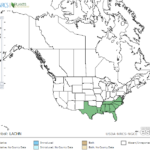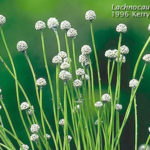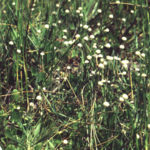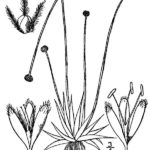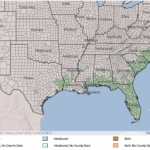Lachnocaulon spp.
USDA, NRCS. 2018. The PLANTS Database (http://plants.usda.gov, 28 March 2018). National Plant Data Team, Greensboro, NC 27401-4901 USA.
Illustration: USDA-NRCS PLANTS Database / Britton, N.L., and A. Brown. 1913. An illustrated flora of the northern United States, Canada and the British Possessions. 3 vols. Charles Scribner’s Sons, New York. Vol. 1: 456.
What is Bogbutton?
Other common spellings and names include: whitehead bogbutton, hairy pipewort, hat-pins, bog bachelor’s-buttons.
Physical Characteristics
Leaves:
- Grass-like
- Grow from stem base
- Spiraling
- Clustered
- Thin
- Up to 2 inches long
Flowers:
- Button-like
- Range from white to gray
- Located at tips of long stems
- Densely clustered
- Bloom in spring and summer
Stem:
- Bunching
- Hairy
- Up to 16 inches tall
Roots:
- Dark colored
- Thin
- Branchings
Where Does it Grow?
Bogbutton is not very common. There are three species found only in Southeast Texas in moist sands, peats of shores, pine savannah, bog edges, and flatwoods clearings.
Pros and Cons of Bogbutton
Submerged portions of all aquatic plants provide habitats for many micro and macro invertebrates. These invertebrates in turn are used as food by fish and other wildlife species (e.g. amphibians, reptiles, ducks, etc.). After aquatic plants die, their decomposition by bacteria and fungi provides food (called “detritus”) for many aquatic invertebrates.

